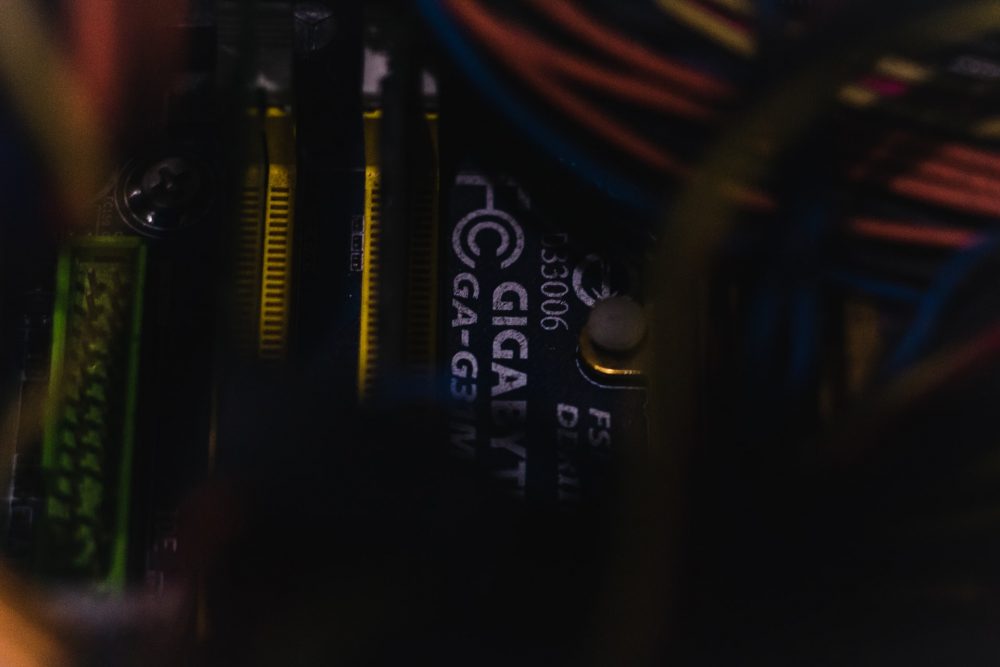A BREAKTHROUGH by physicists in quantum holography could lead to improved medical imaging.
Scientists are said to be the first in the world to find a way to use quantum-entangled photons to encode information on a hologram.
The breakthrough could speed up the advance of quantum information science while bringing significant improvements to the medical world.

A team of physicists from the University of Glasgow are the first in the world to find a way to use quantum-entangled photons to encode information in a hologram.
The process behind their breakthrough is outlined in a paper published the journal Nature Physics.
Holography is familiar to many from its use as security images printed on credit cards and passports, but has other applications including data storage, medical imaging and defence.
Classical holography creates two-dimensional renderings of three-dimensional objects with a beam of laser light split into two paths.
The path of one beam, known as the object beam, illuminates the holograph’s subject, with the reflected light collected by a camera or special holographic film.
The path of the second beam, known as the reference beam, is bounced from a mirror directly onto the collection surface without touching the subject.
The holograph is created by measuring the differences in the light’s phase where the two beams meet.
The phase is the amount that the waves of the subject and object beams mingle and interfere with each other, a process enabled by a property of light known as ‘coherence’.
The Glasgow team’s new quantum holography process also uses a beam of laser light split into two paths, but, unlike in classical holography, the beams are never reunited.
Instead, the process harnesses the unique properties of quantum entanglement – a process Einstein famously called ‘spooky action at a distance’ – to gather the coherence information required to construct a holograph even though the beams are forever parted.
Dr Hugo Defienne, of the University of Glasgow’s School of Physics and Astronomy, is the paper’s lead author.
Dr Defienne said: “Using entangled photons offers new ways to create sharper, more richly detailed holograms, which open up new possibilities for practical applications of the technique.
“One of those applications could be in medical imaging, where holography is already used in microscopy to scrutinise details of delicate samples which are often near-transparent.
“Our process allows the creation of higher-resolution, lower-noise images, which could help reveal finer details of cells and help us learn more about how biology functions at the cellular level.”
In the team’s experiment, phase patterns were reconstructed from artificial objects like the letters ‘UofG’ programmed on a liquid crystal display, but also from real objects such as a transparent tape, silicon oil droplets positioned on a microscope slide and a bird feather.
The University of Glasgow’s Professor Daniele Faccio leads the group which made the breakthrough and is a co-author of the paper said: “It would take an extraordinary amount of time to capture the level of detail we can collect in a single image.
“The CCD sensors that we’re using give us an unprecedented amount of resolution to play with – up to 10,000 pixels per image of each entangled photon.
“That means we can measure the quality of their entanglement and the quantity of the photons in the beams with remarkable accuracy.
“The quantum computers and quantum communications networks of the future will require at least that level of detail about the entangled particles they will use.
“It puts us one step closer to enabling real step-change in those fast-developing fields. It’s a really exciting breakthrough and we’re keen to build on this success with further refinements.”

